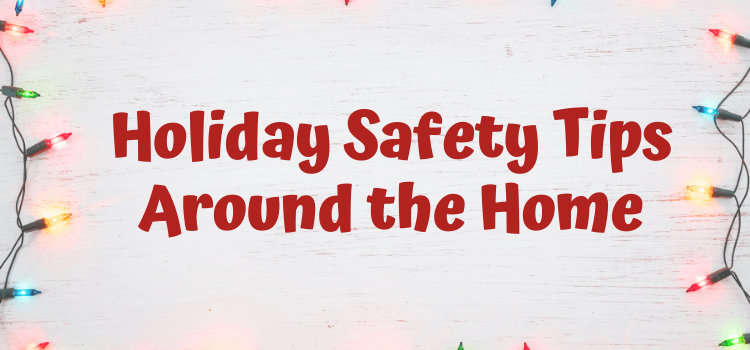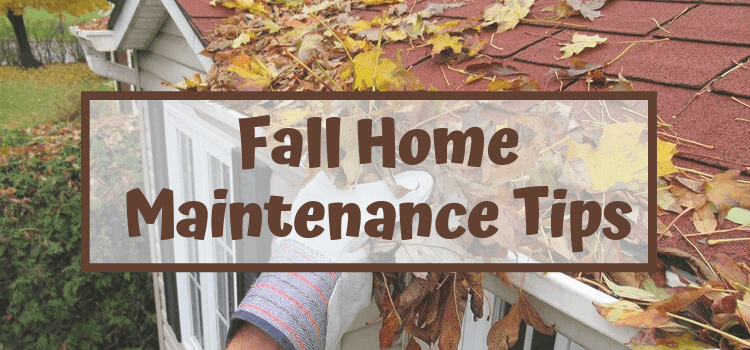
There are two types of people in this world. Those that love the snow and all of its storybook beauty, and those that would rather never catch a single snowflake on their tongue. I think we can all agree that a freshly dusted roof is quaint to say the least, but is the pretty view enough to excuse the damages that it can trigger? Although light and fluffy in small amounts, roofs can easily be damaged as a result of the weight of the snow or ice accumulating on the shingles.
Winter roof damage is additionally concerning if you’ve had any wind or hail damage earlier in the year that hasn’t been repaired yet. Previous damages weaken the structure, then the snow comes and sits on it. Imagine you fractured your leg and an elephant comes to rest on it. You now have a broken leg. That may be a bit of an extreme comparison, but you get the gist.
The weight of snow isn’t your only concern. If your gutters are backed up with leaves from the trees around the house, you have a risk of your gutters and downspouts backing up with water and freezing. Having ice in your gutters and downspouts can not only cause roof damage, but can also harm the gutters themselves because ice is so difficult to remove.
If you begin to notice leaks or water marks, the damage is already done and preventative measures need to be in place as soon as possible.
If the snow hasn’t settled in yet, be sure to double-check the roof and gutters for damages or clogs so that you can get ahead of any potential winter damage. For more information check out the article that inspired this post by HomeAdvisor: https://www.homeadvisor.com/r/winter-roof-damage/





